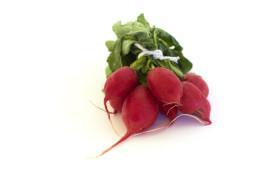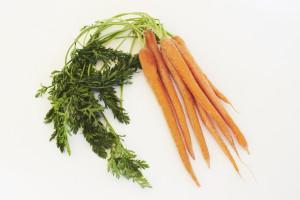Most of the recipes I post on this site are either vegan or pesco-vegan friendly, but in all honesty, I follow a mostly Paleo diet. About a year and a half ago, after watching all the plant-based diet documentaries, I decided to cut back on my meat consumption. I went from eating meat twice a week, to once a week, to none at all. Then I began cutting out other things like cheese and cream. I switched to using almond milk in my cereal and tea rather than skim milk or vanilla creamer. Eventually I grew into what I liked to call a pseudo-vegan (I was still eating fish) and began increasing my intake of soy rich foods, rice, legumes, and grains.

According to Dr. D’Adamo, author of “Eat Right for Your Type,” our blood type can help determine what type of foods we should or should not be eating. But he’s not the only one who believes this theory. In Japan, asking someone their blood type is similar to asking someone what their astrological sign is. They believe it not only shows what type of diet you should be on, but it is also an indicator of certain personality traits. For example, an A blood type is said to be creative and analytical, B blood types are known as easygoing and flexible, O’s are objective and practical, and AB’s are intuitive and spiritual. His theory may also explain why many individuals have altered their diet – to either plant-based, lean meat-based, gluten-free, or the like – and seen their medical issues completely reverse. It just goes to show that everyone is unique and what works for one person doesn’t always work for another (you can read how I discovered this notion for myself here).
Robb Wolf is a huge advocate for the Paleo diet. He was a research biochemist who traded in his lab coat to write “The Paleo Solution,” a book that made the New York Times Bestseller’s list. He’s also a strength and conditioning coach, a blogger, public speaker, and has a podcast, all devoted to living a Paleo life. He describes the Paleo diet as the healthiest way we can eat- because it’s the way that our ancestors ate. The Paleo diet is sometimes called the Paleolithic diet, the Caveman diet, Hunter-Gatherer diet, or the Stone Age diet. It’s derived from the principle of consuming an ancient diet of wild plants and animals that hominid species consumed nearly 10,000 years ago, before the agricultural revolution and the production of man-made grains. The basics of it are as follows:

Foods to Avoid: Dairy, grains, processed foods and oils, sugars, starches, legumes, and alcohol.
The trick to this diet is knowing what to use as a substitute. Coconut milk is a great substitute for dairy products and is a good source of healthy fat. Almond milk also works well as a “creamer” for coffee or tea. Coconut flour and almond meal can be used for baking or “breading.” Extra-virgin olive oil and coconut oil is encouraged over vegetable oils or seed oils (corn, canola, safflower). Once you get the hang of it, eating Paleo is pretty easy. For those of you who are interested in switching to a Paleo lifestyle, stay tuned! I’ll be sharing recipes in my next post to help get you started on your journey.
The Paleo diet also contains many positive anti-inflammatory properties. Studies show that an anti-inflammatory diet has helped many individuals suffering from a variety of health issues including asthma, arthritis, cardiovascular disease, cancer, Alzheimer’s and autoimmune disorders. Inflammatory foods not only affect the body, but also affect the brain. Inflammatory responses have even been linked to symptoms of Asperger’s and Autism. For further information on the role of inflammation in the body, you can check out this post here.
Now that you know the ins and outs of going Paleo, do you think you’ll try to make the switch? Or have you tried living Paleo before and found that maybe it wasn’t the right fit for your blood or body type? I would be interested to hear your thoughts in the comment section below. And don’t forget to check back for my future post with some tasty Paleo recipes!

